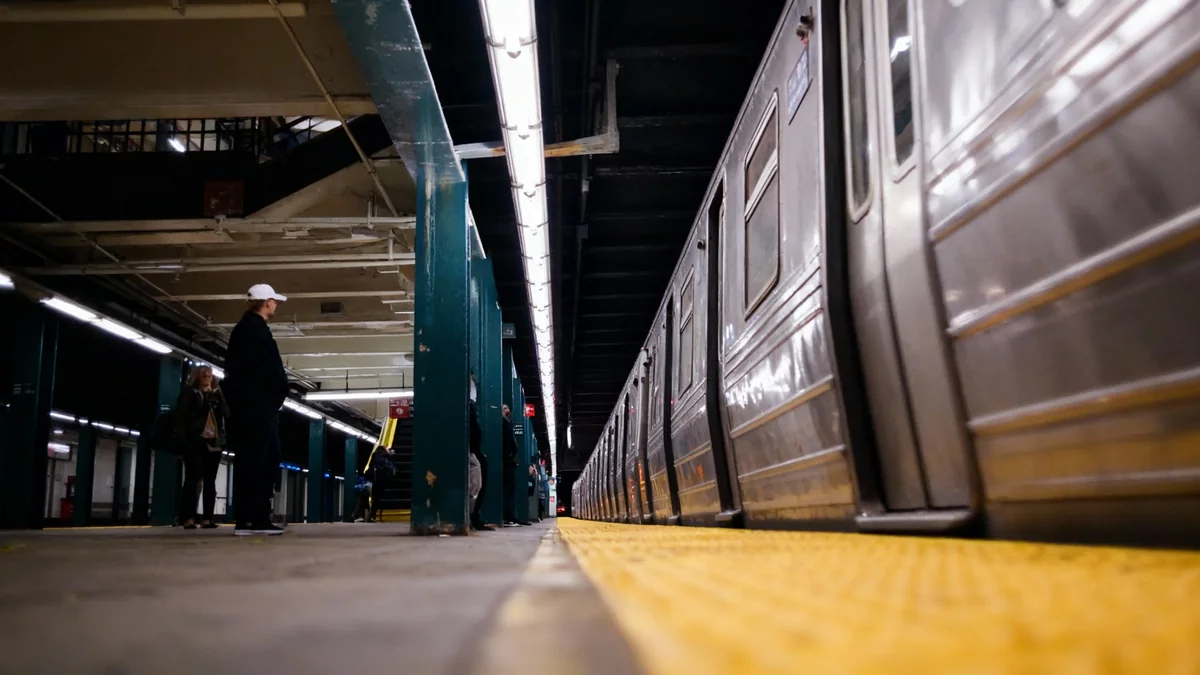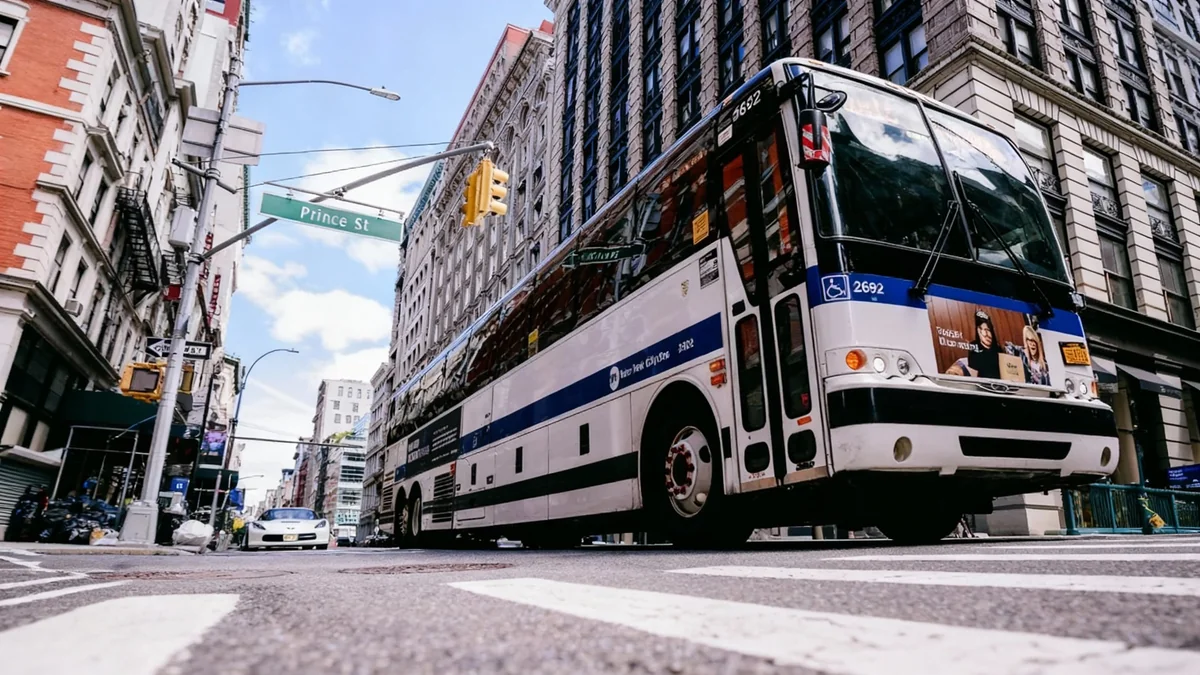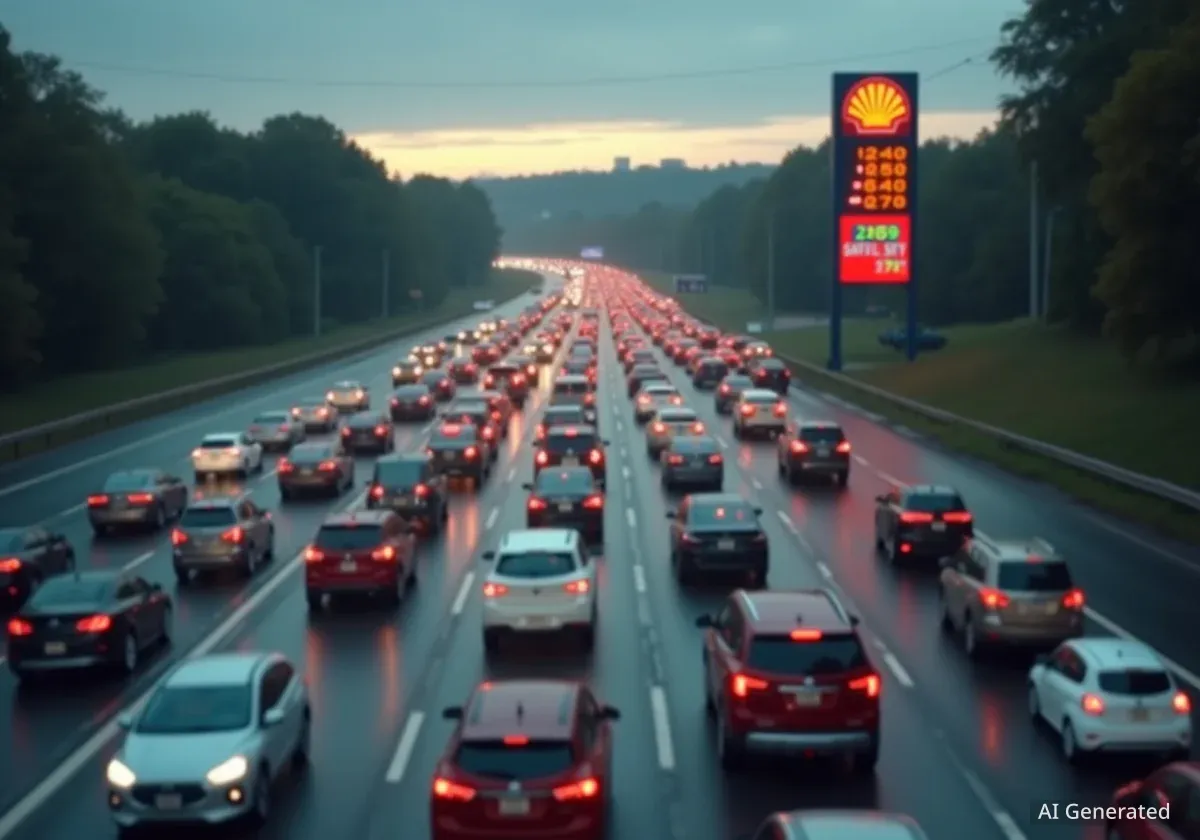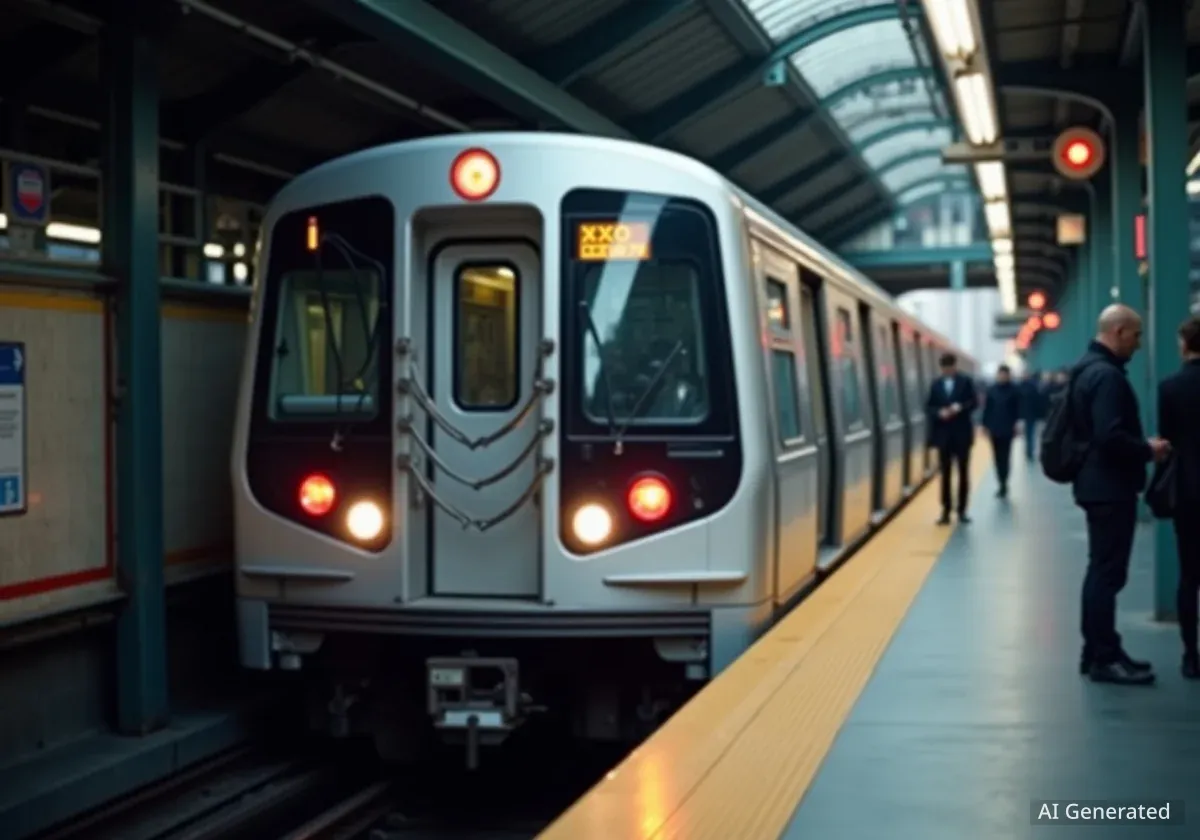Multiple New York City subway lines experienced significant delays and service changes during Thursday morning rush hour. This disruption occurred after an unauthorized person was struck by a train in Manhattan. Emergency services responded to the incident, leading to widespread impacts across the 4, 5, and 6 lines.
Key Takeaways
- Subway lines 4, 5, and 6 were affected during morning rush hour.
- A person was struck by a train at the 103rd Street station.
- Service was temporarily suspended or rerouted on parts of these lines.
- The incident occurred just after 6:45 a.m.
- Emergency braking was deployed, but the person was still hit.
Morning Commute Chaos
The incident unfolded shortly after 6:45 a.m. at the 103rd Street station in Manhattan. Authorities reported that an unauthorized individual was walking on the tracks, also known as the roadbed, when they were struck by a train. The train operator initiated an emergency brake application, but it was not enough to prevent the collision.
The immediate aftermath saw service on the 4, 5, and 6 subway lines severely impacted. Commuters faced unexpected delays and rerouted trains as transit officials worked to manage the situation. Many found their morning routines disrupted, with platforms becoming crowded as information was disseminated.
Incident Details
- Location: 103rd Street station, Manhattan
- Time: Shortly after 6:45 a.m.
- Lines Affected: 4, 5, 6 trains
- Cause: Unauthorized person on tracks
Service Adjustments and Reroutes
The Metropolitan Transportation Authority (MTA) quickly implemented service changes to address the incident. Initially, Nos. 4, 5, and 6 trains were temporarily suspended between 49th Street-Grand Concourse and 86th Street in both directions. This suspension affected a critical stretch of the subway system, impacting thousands of commuters.
As the morning progressed, some lines began to return to service, though with continuing delays. Downtown No. 6 trains, for example, temporarily ran express from 125th Street to Grand Central-42nd Street. This change aimed to move passengers more efficiently through the affected area.
Specific Service Modifications
- Uptown Nos. 4 and 6 trains sometimes terminated at Grand Central-42nd Street or 86th Street.
- Downtown No. 4 trains ended their routes at 149th Street-Grand Concourse.
- Downtown No. 6 express trains operated locally from Pelham Bay Park to 3rd Avenue-138th Street, with the final stop being 3rd Avenue-138th Street and Hunts Point Avenue.
Understanding Subway Incidents
Incidents involving individuals on the tracks pose significant safety challenges for urban transit systems. These events often lead to service suspensions as emergency protocols are activated. The primary goal is to ensure the safety of the individual involved, passengers, and transit staff. Such disruptions highlight the complex operational environment of a large metropolitan subway network.
Emergency Response and Aftermath
Emergency personnel arrived swiftly at the 103rd Street station following the incident. The person struck by the train was transported to a hospital. Their current condition has not been released.
Transit authorities worked diligently to restore normal service. The ongoing delays on the 4, 5, and 6 trains continued for several hours, affecting the peak morning travel period. Commuters were advised to check the MTA website for the latest updates and to consider alternative travel options.
"The safety of our riders and employees is paramount. We are investigating this incident thoroughly and working to minimize disruptions," an MTA spokesperson stated regarding similar past events.
The incident serves as a reminder of the challenges faced by densely populated urban transit systems. It underscores the importance of public awareness regarding track safety and the quick response capabilities of emergency services and transit operators.
Impact on Daily Commute
For many New Yorkers, the subway is an essential part of their daily routine. An incident like this can cascade, causing delays for appointments, work, and school. The interconnected nature of the subway lines means that a problem on one line can impact others, even those not directly involved in the initial event.
Passengers often rely on real-time updates from the MTA through their website, app, and station announcements. These tools become critical during unexpected service changes, helping individuals navigate altered routes and schedules. The resilience of the system and its ability to recover from such events is constantly tested in a city that never stops moving.
Subway Statistics
- The NYC subway carries millions of riders daily.
- There are 472 active subway stations.
- The system operates 24 hours a day, 7 days a week.





